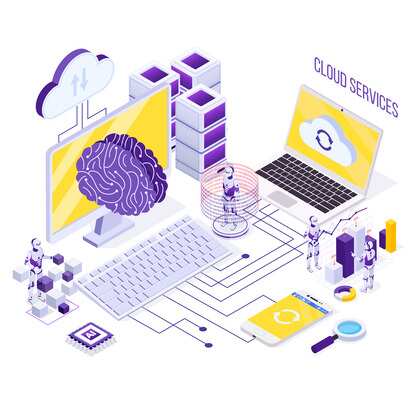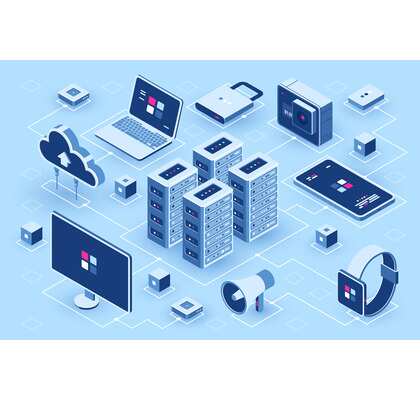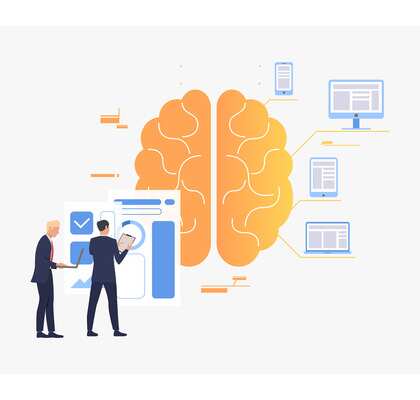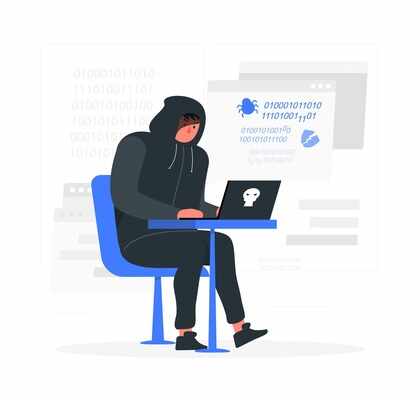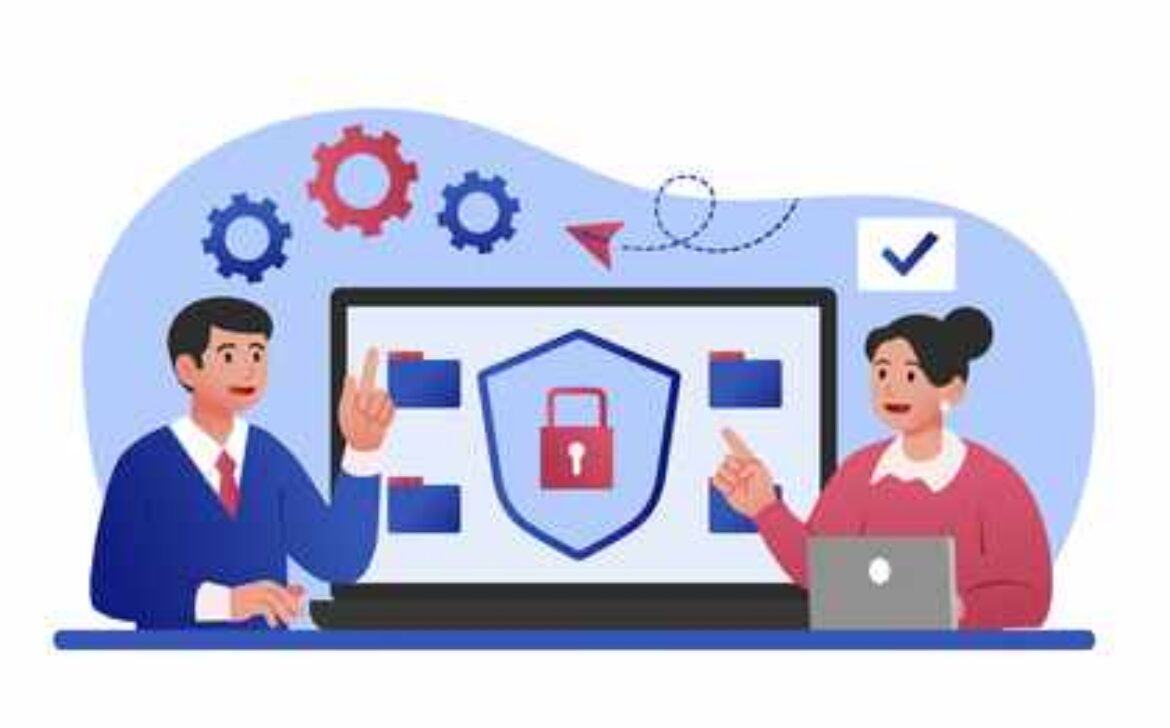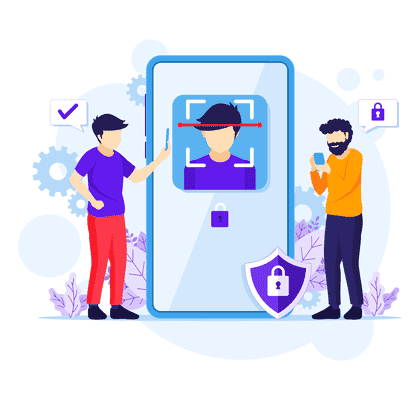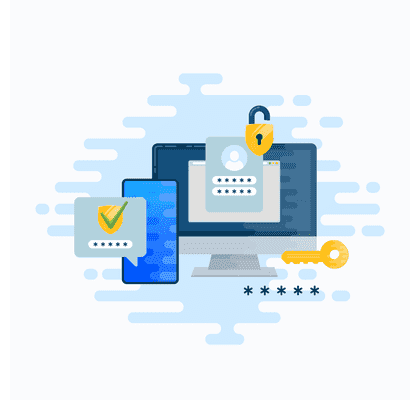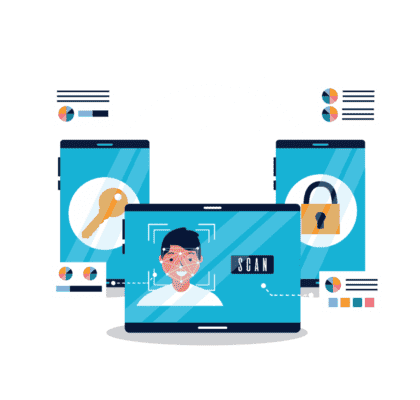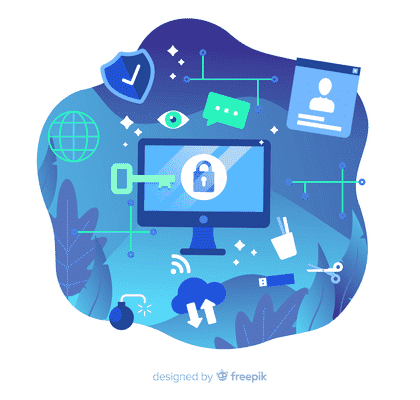Going Green: Embracing the Rise of Plant-Based Diets
Plant-based diets have gained considerable popularity due to their potential health benefits, positive environmental impact, and ethical considerations. Embracing a plant-based lifestyle involves shifting the focus from animal-derived foods to plant-based alternatives, offering numerous advantages for individuals and the planet. Plant-based diets involve consuming predominantly plant-derived foods, such as fruits, vegetables, whole grains, legumes, nuts, and seeds. While some individuals may choose to completely eliminate animal products, others may adopt a more flexible approach by reducing their consumption of meat, dairy, and eggs. The rise in popularity of plant-based diets can be attributed to various factors, including increased awareness about health and environmental issues, advancements in plant-based food alternatives, and the influence of celebrities and social media. People are recognizing the potential of plant-based diets to improve their well-being and contribute to a more sustainable future. Plant-based diets have been linked to a wide range of health benefits, making them an attractive option for individuals seeking to improve their overall well-being. Research indicates that plant-based diets can lower the risk of chronic diseases, including heart disease, type 2 diabetes, certain cancers, and obesity. These diets are typically rich in fiber, vitamins, minerals, and antioxidants, which help support optimal health. Plant-based diets are often associated with lower calorie intake, higher satiety levels, and improved weight management. The abundance of fiber, along with the reduced consumption of processed and high-fat foods, can contribute to maintaining a healthy weight or achieving weight loss goals. By emphasizing a diverse range of plant-based foods, individuals following plant-based diets tend to have higher intakes of essential nutrients such as fiber, vitamins C and E, potassium, and folate. These nutrients play crucial roles in supporting various bodily functions, including immune system health, bone strength, and energy production. In addition to the health benefits, plant-based diets have a positive impact on the environment by reducing the ecological footprint associated with food production. Livestock agriculture is a significant contributor to greenhouse gas emissions, particularly methane and nitrous oxide. By reducing the consumption of animal products, plant-based diets help mitigate climate change and reduce the carbon footprint. Animal agriculture is a water-intensive industry, requiring substantial amounts of water for animal hydration and crop irrigation. Choosing plant-based alternatives helps conserve water resources, as plant-based foods generally have a lower water footprint compared to animal-based products. Animal agriculture often involves deforestation and habitat destruction to create space for livestock and to cultivate animal feed crops. Plant-based diets support biodiversity conservation by reducing the demand for such practices, allowing ecosystems to thrive and protecting endangered species. One of the ethical considerations of adopting a plant-based lifestyle is the positive impact it has on animal welfare. Plant-based diets align with the belief that animals should be treated with compassion and respect. By choosing plant-based alternatives, individuals actively contribute to reducing the demand for animal products, thus diminishing the need for intensive farming practices and minimizing animal suffering. The shift towards plant-based diets helps reduce the number of animals raised for food, potentially reducing the instances of animal cruelty and promoting more humane treatment of animals. By embracing plant-based alternatives, individuals can support a more compassionate and ethical food system. Transitioning to a plant-based diet can be a gradual process that allows individuals to adapt their eating habits successfully. Here are some practical tips for a smooth transition: Rather than making an abrupt shift, consider gradually reducing the consumption of animal products while incorporating more plant-based foods into your meals. This approach allows for a smoother transition and gives you time to explore new flavors and recipes. Diversify your diet by incorporating a wide range of plant-based foods, including fruits, vegetables, whole grains, legumes, nuts, and seeds. Experiment with different recipes and cooking methods to discover delicious plant-based alternatives. If you’re uncertain about meeting your nutritional needs on a plant-based diet, consider consulting with a registered dietitian or nutritionist who specializes in plant-based nutrition. They can provide personalized guidance and ensure you’re getting all the necessary nutrients.
Plant power: fueling our bodies with nature’s bounty for optimal health and sustainability. – Sarah Wilson
There are several misconceptions surrounding plant-based diets. Let’s address some of the common concerns: Plant-based diets can adequately provide all the essential amino acids and protein needed for optimal health. Sources of plant-based protein include legumes, tofu, tempeh, seitan, quinoa, and lentils. By incorporating a variety of protein-rich plant foods, you can easily meet your protein requirements. With careful planning, a plant-based diet can meet all the necessary nutrient requirements. However, attention should be given to nutrients such as vitamin B12, iron, calcium, and omega-3 fatty acids. Including fortified foods or supplements, and incorporating foods like fortified plant-based milks, leafy greens, and flaxseeds can help ensure an adequate intake of these nutrients. Plant-based diets offer a wide range of flavors and culinary possibilities. With creativity in the kitchen, you can explore a plethora of delicious plant-based recipes that cater to various tastes and preferences. From vibrant salads and hearty grain bowls to flavorful curries and satisfying plant-based burgers, there is no shortage of options to keep your taste buds happy and satisfied. Adopting a plant-based diet goes hand in hand with promoting sustainability and supporting a more environmentally friendly food system. Choosing locally sourced and organic plant-based foods can minimize the carbon footprint associated with transportation and reduce the use of synthetic pesticides and fertilizers. Supporting local farmers also contributes to the local economy and fosters a sense of community. Plant-based diets encourage the utilization of fruits, vegetables, and grains in their entirety, minimizing food waste. By creatively repurposing leftover ingredients and practicing mindful meal planning, individuals can significantly reduce food waste and contribute to a more sustainable food system. Incorporating plant-based diets into everyday life is easier than ever, thanks to the growing availability of plant-based food options and resources. Plan your meals in advance to ensure a well-balanced and satisfying plant-based diet. This includes incorporating a variety of fruits, vegetables, whole grains, legumes, nuts, and seeds. Engage in batch cooking and meal prepping to save time and ensure convenient access to nutritious plant-based meals throughout the week. When dining out, look for restaurants that offer plant-based menu options or can accommodate plant-based modifications. Do your research and explore plant-based eateries in your area. Similarly, when traveling, consider packing plant-based snacks and researching plant-based dining options at your destination to ensure a seamless and enjoyable travel experience. Embracing the rise of plant-based diets is a powerful step towards personal health, environmental sustainability, and animal welfare. These diets offer a myriad of health benefits, reduce the ecological footprint, and contribute to a more compassionate food system. By incorporating the outlined tips and debunking common misconceptions, individuals can confidently embark on a plant-based journey, experiencing the joy of flavorful and nourishing plant-based meals while making a positive impact on their well-being and the planet.I. Introduction
A. Definition of plant-based diets
B. Growing popularity of plant-based diets
II. Health Benefits of Plant-Based Diets
A. Reduced risk of chronic diseases
B. Improved weight management
C. Increased nutrient intake
III. Environmental Impact of Plant-Based Diets
A. Reduced greenhouse gas emissions
B. Conservation of water resources
C. Preservation of biodiversity
IV. Plant-Based Diets and Animal Welfare
A. Ethical considerations
B. Reduction in animal suffering



V. Tips for Transitioning to a Plant-Based Diet
A. Gradual approach
B. Incorporating a variety of plant-based foods
C. Seeking professional guidance
VI. Common Misconceptions about Plant-Based Diets
A. Lack of protein
B. Nutrient deficiencies
C. Taste and variety
VII. Plant-Based Diets and Sustainability
A. Supporting local and organic farming
B. Minimizing food waste
VIII. Plant-Based Diets in Everyday Life
A. Meal planning and preparation
B. Dining out and travel tips

IX. Conclusion



